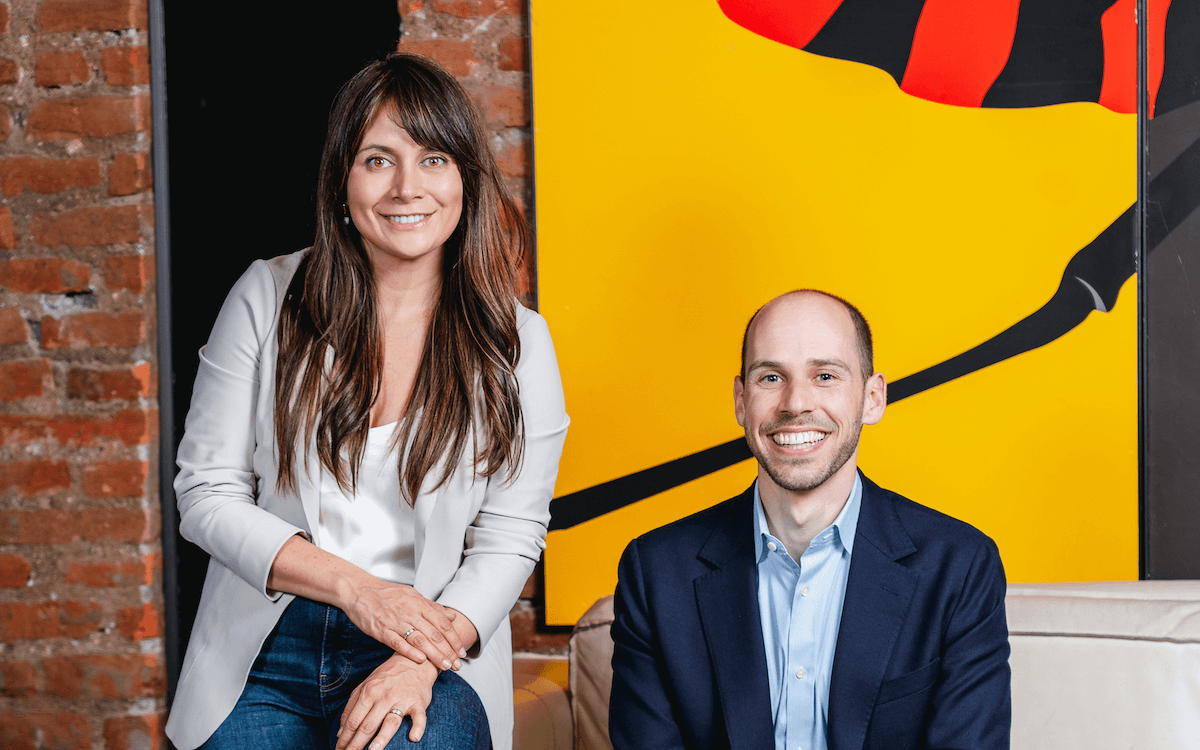Can asset managers, RIAs and other fiduciaries act both as responsible fiduciaries as well as promote long-term societal good through their investment actions?
This question has taken on increased significance in recent months as ESG investing has gained a broader foothold among institutional investors – at least in terms of awareness. Reporting made manifest earlier this year the outperformance by many ESG indices – for environmental, social and governance factors – compared to the S&P 500 during the throes of the market collapse due to the pandemic. Based on investor interest and asset flows into ESG-based investments, it is clear that a substantial share of investors are interested in making a difference.
Regulators are too. Canada, the U.K. and Sweden are redefining fiduciary duty to include guidelines that state it is a failure of duty to not consider ESG factors in their decisions.
In the U.S., ESG has met with a more mixed reception across the investment marketplace. Proponents were heartened by the Business Roundtable’s pronouncement a year ago that called for corporations to move beyond the long-held principle of maximizing shareholder value to incorporate the needs of “stakeholders,” including customers, employees, suppliers, communities and shareholders.
But in the U.S., regulators are promoting the traditional narrow financial risk/returns-only interpretation of fiduciary duty, with the U.S Department of Labor seeking to bar ESG considerations from investment decisions by pension funds.
We believe the DOL got this wrong. Longer-term trends favors greater ESG adoption in the U.S. and elsewhere. The proper answer is not to stop doing ESG. The solution is to find ways to make ESG investing better so that it can meet the highest of fiduciary standards.
Realizing the risk of ignoring shareholder climate resolutions
Portfolio Construction
In its analysis the DOL correctly identified an inherent and persistent shortcoming in how most ESG investing is conducted today, one that we believe is preventing its more widespread adoption amongst institutional investors. While most ESG funds do a reasonable job of mitigating idiosyncratic risk associated with specific companies, they are less adept at accounting for systemic market risk.
In our view, the key element missing from most approaches to responsible investing is proper portfolio construction.
Stock selection in most ESG portfolios currently works to mitigate company-specific risk but fails to address systemic market risk. Today, the most common implementation of ESG is to remove offending stock issuers or entire industry sectors (for example, fossil fuels) from an investor’s portfolio. This will produce idiosyncratic – that is, company or sector-specific – performance differences between the client’s ESG portfolio vs. the base case index (for example, the S&P 500 Index).
Our research suggests that these differences in performance historically tend to be small, but they often favor ESG issuers, which is a good thing.
But slightly outperforming a general index that is itself subject to periods of substantial decline, is not good enough.
We released a study earlier this year that explored the performance of ESG vs. traditional benchmarks over a 10-year period and found ESG to come up short. Looking at Morningstar data of all ESG mutual funds with at least a 10-year track record and $100 million of assets, we found that most actively managed ESG funds tend to underperform general market benchmarks after costs — just like most actively managed general funds.
Part of the problem is that ESG investing tends to be performed in a siloed way. Much of the investment industry thinks in silos – “How did we do in our U.S. large cap portfolio? In our European high-yield portfolio?” Investors are constantly evaluating themselves against their peer group and silo. People end up hugging the benchmark and seeking small ways of outperforming.
ESG portfolios can and should do better.
A more sizeable opportunity for potential outperformance exists if one considers enhancements to portfolio construction to diminish systemic equity downside risk. Our view is that portfolio construction is often the more important leg of the stool that investors should consider because systemic market risks are almost always more pronounced than company specific idiosyncratic risks across a diversified portfolio of stocks.
How investors are challenging assumptions and building portfolios to advance racial equity
Equity-centric ESG portfolios tend to be procyclical and do well when economies are growing and other macro-economic factors are benign. But they are all exposed to similar systemic market risk such as price-earnings ratio, or P/E, compression, volatile interest rates or currencies, large swings in the price of input goods – in short, all of the factors that tend to threaten stock valuations, particularly in market downturns.
The mathematics of compound returns confirm that having portfolios that are more resilient during periods of economic contraction can lead to substantial compounded wealth improvements. Mitigating downside losses improves cumulative returns and CAGR. Moreover, note too that improved return consistency also alleviates the need for outlier performance for all other years too.
Beyond long-only
A truly responsible portfolio must address both company-specific risk as well as systemic market risk to create better outcomes for both beneficiaries and society overall. We expect a sizeable proportion of U.S. fiduciaries will continue to feel the need to address both financial and societal stewardship interests of their beneficiaries. The good news is that these two goals no longer need to be thought of as mutually exclusive.
Fiduciaries seeking to satisfy both an investor’s return and ESG sponsorship objectives will be wise to look beyond simple stock exclusions alone and consider holistic portfolio construction enhancements to mitigate the systemic risk inherent within markets. Such an approach calls for looking beyond long-only equity investing to incorporate strategies that trade interest rates, commodities and currencies – as well as equities. These strategies have the potential to make money during periods of economic contractions when broader equity portfolios often suffer.
Our solution aims to produce a similar upside to a stock market investment, but with less downside by leveraging dynamic reallocation trading tools that integrate non-correlated strategies into a core portfolio of active managed ESG-screened equities. This is just one of many ways a more holistic portfolio construction can improve outcomes for ESG investors.
The bottom line: If we truly seek to allocate our investment dollars in ways that solve some of our greatest environmental and social challenges, then we need to make responsible investing more effective and more responsive to fiduciary mandates. This means evolving towards more sophisticated portfolio construction techniques that look beyond equities and incorporate more holistic views of risk mitigation that account for idiosyncratic as well as systemic market factors.
The arc of history bends towards a better ESG product that expands our notion of fiduciary obligations and demonstrates that investing with a values lens can align with portfolio return objectives.
Basil Williams is CEO of Welton Investment Partners, a quantitative investment manager with $846 million under management. Prior to joining Welton last year, Williams headed portfolio management at PAAMCO, one of the largest alternative allocators and emerging manager investors.












